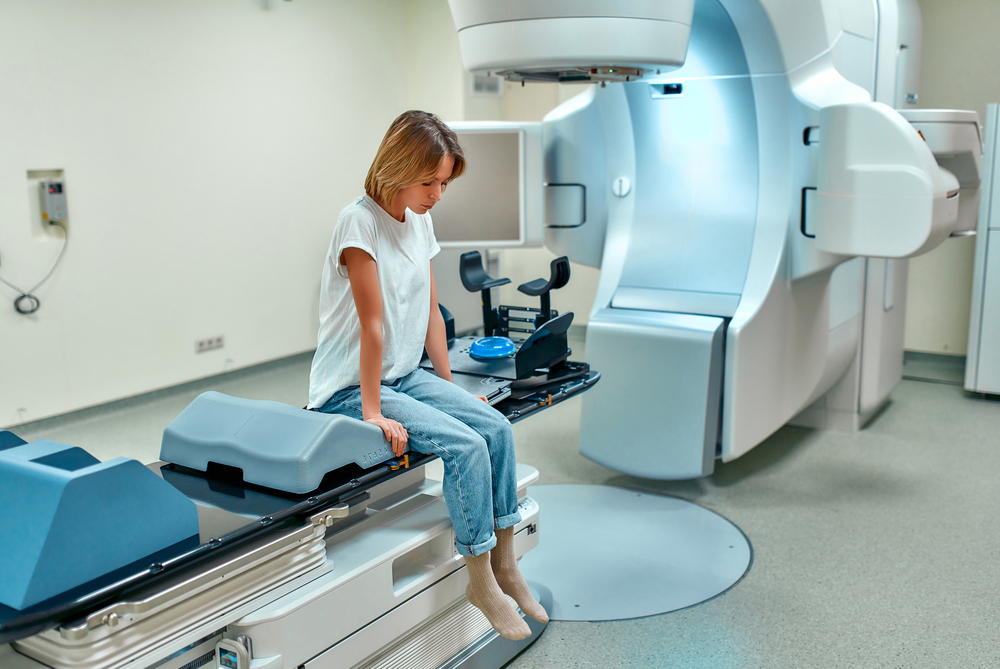
This ingenious new invention in medical science creates controlling beams by effectively tuning focused light using specific wavelengths. It has gained a worldwide accolade for bringing a higher level of precision while reducing pain and boosting up the recovery process. High-end professional laser therapy technology can diminish the damage on the surrounding tissue making them a preferred option over traditional treatments.
Purpose
- Removal of kidney stones.
- Shrinking the size of polyps, tumors, and precancerous growth.
- Removal of certain parts of the prostate.
- Relieving cancer symptoms.
- Improving vision.
- Treating severe forms of pain like nerve pain.
- Repairing a detached retina.
- Treating hair loss caused by natural aging or conditions like alopecia.
- Sealing or cauterizing:
- Blood vessels to bottleneck blood loss.
- Nerve endings post-surgery to reduce pain.
- Lymph vessels for limiting the growth of tumor cells and reducing swelling.
- Treating early stages of penile cancer, vulvar cancer, cervical cancer, basal cell skin cancer, vaginal cancer, and non-small cell lung cancer. However, laser therapy is used alongside chemotherapy, surgery, or radiation for treating cancer.
- Cosmetically laser therapy is used for:
- Hair removal
- Tattoo removal
- Wart, birthmark, mole, and sun spot removal.
- Lessening the appearance of blemishes, wrinkles, and scars.
Methods
Patients need to properly comprehend the implications of laser therapy before undergoing the same. They can directly ask the doctor about their doubts and undertake proper pre-treatment planning. The medical professionals shall advice regarding the discontinuance of certain medicines before starting with the treatment to prevent the adverse effect of blood thinners. There are various methods of laser therapy and the one prescribed to you depends on the condition that is being treated. In cosmetic treatments, the laser light is directed at the skin while for treating a tumor, an endoscope is inserted inside the patient’s body following which concentrated laser beams are aimed for destroying or shrinking the tumor. The type of laser used also depends on the medical condition being treated:
- Carbon Dioxide lasers render shallow cuts and are recommended for treating superficial cancers.
- Argon lasers are used during photodynamic therapy to activate photosensitizing drugs. They also make shallow cuts and can yield more effective results by killing a greater number of cancer cells with the combined effort of chemotherapy and light.
- Nd: YAG lasers have found acceptance in laser-induced interstitial thermotherapy as they can travel alongside optical fibers.
- Last but not least comes cold laser therapy or low-level laser therapy which is used to promote tissue regeneration and performing minor surgeries. Under this method, laser light is set between 600-980 nanometer wavelengths.
Risk
Some of the basic risks associated with laser therapy are pain, bleeding, scarring, infection, and changes in skin color. You might have to undergo multiple sessions before getting the desired effect and this can aggravate the level of interim discomfort. Often general anesthesia is administered before the laser procedures and this tags along with its share of side effects such as heart attack, pneumonia, stroke, and confusion post regaining consciousness.
Conclusion
Irrespective of the risk involved, more and more patients are queuing up for getting laser treatments. Medical equipment being promoted with digital content marketing is helping in spreading success stories of patients who have already opted for laser therapy and benefitted massively. This is luring in more patients who were previously apprehensive about trying out laser treatment.




